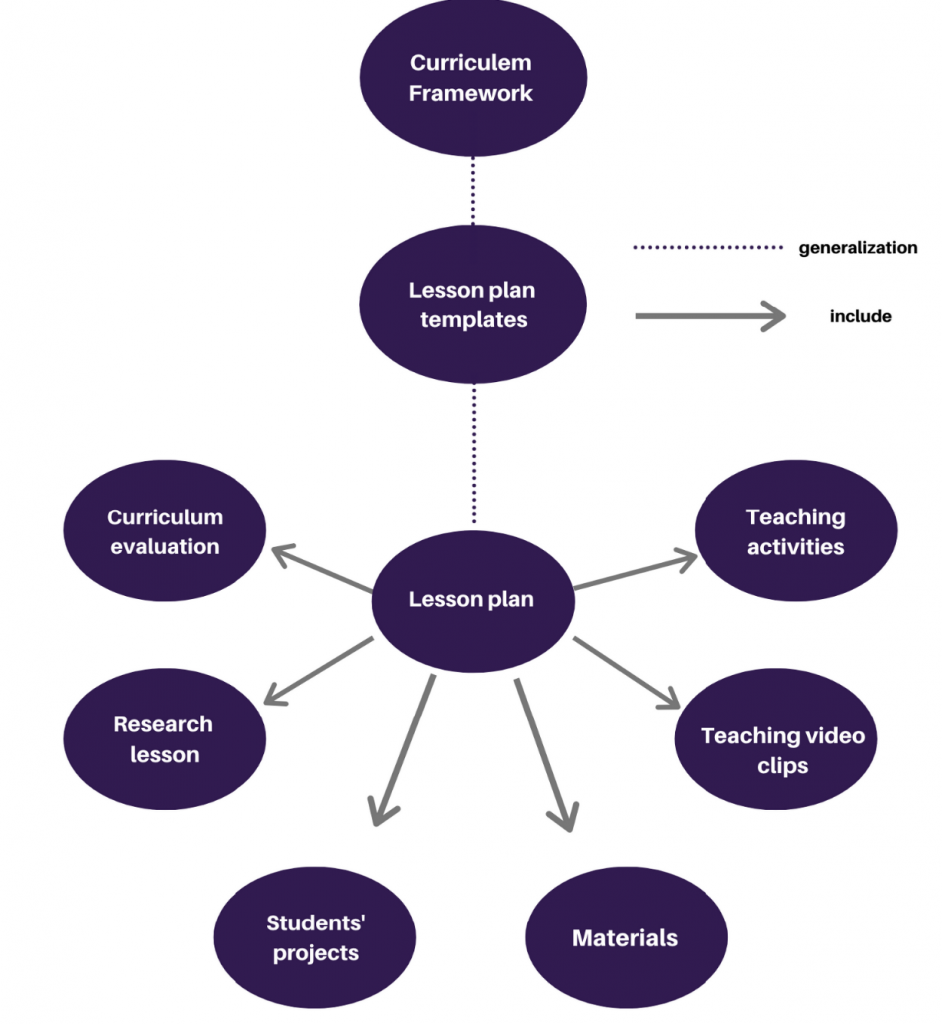How to Plan Effective and Meaningful Curriculum
One of the highlights of being a preschool teacher was setting up my classroom environment at the beginning of each new school year. There was so much anticipation and excitement as I thoughtfully organized my classroom, stocked the learning centers with new materials, and planned curriculum activities. I especially enjoyed purchasing a new lesson plan book and writing up activity plans for each month. I gathered ideas from various teacher resource books that primarily focused on seasonal themes and kindergarten readiness skills – like language arts and math. As I carefully considered topics for each month, I planned for indoor and outdoor activities, music and movement activities, along with a variety of play opportunities. I thought about creative art projects and planned for engaging circle time discussions. I created quiet corners, learning centers, decorated the walls with store-bought posters, and strived to make the classroom environment safe and welcoming. Some twenty years later, as I write this text and reflect on my own experiences as a preschool teacher, there are a few questions that come to mind:
- Who was I planning curriculum for – me, the children, their families or my program director?
- How could I possibly have planned meaningful curriculum if I didn’t even know the children who were being placed in my care?
- How could I be intentional if I didn’t even know the children’s individual interests, abilities and needs?
In this chapter, we will examine how observation and documentation are used to develop effective curriculum. We will explore what curriculum is and we will discuss the benefits of planning developmentally appropriate curriculum. Additionally, the teacher’s role will be examined. Lastly, we will discuss how to plan effective and meaningful curriculum using observation, documentation, interpretation, and reflection as best practices.


